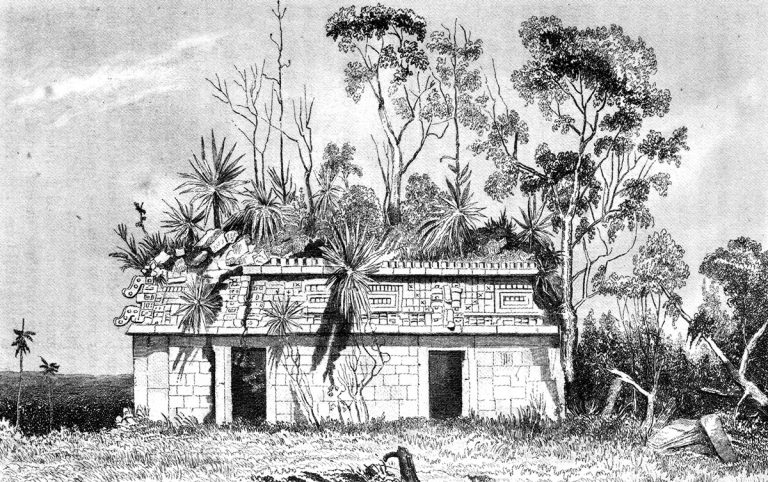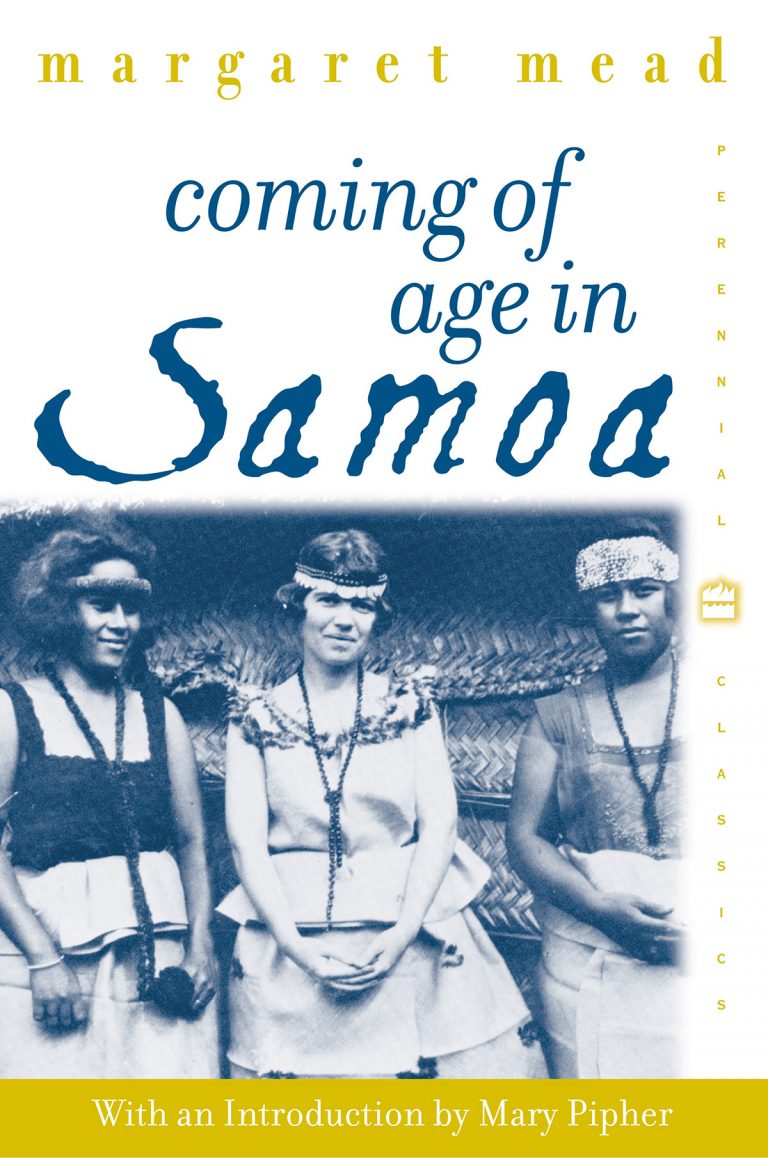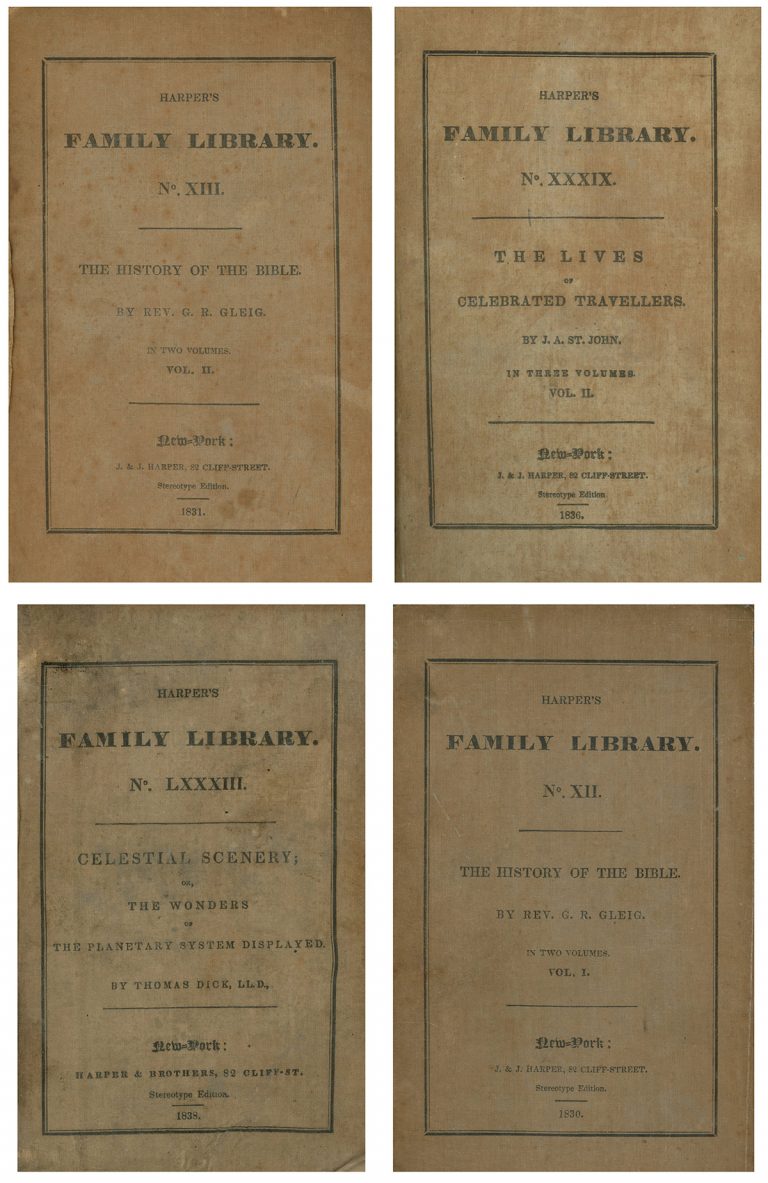Explore significant moments in HarperCollins history
Incidents of Travel in Yucatán
In 1839, American diplomat John Lloyd Stephens and British artist Frederick Catherwood—both already celebrated for their adventures in Egypt, the Holy Land, Greece, and Rome—sailed together out of New York harbor on an expedition into the forbidding rain forests of present-day Honduras, Guatemala, and Mexico. The two meticulously uncovered and documented the remains of an astonishing civilization that had flourished in the Americas but was mostly unknown to popular Western civilization: the Mayans. Harper & Brothers published their discoveries in Incidents of Travel in Central America, Chiapas, and Yucatán (two volumes, 1841) and Incidents of Travel in Yucatán (two volumes, 1843).
Written by Stephens and illustrated by Catherwood, the books immediately became a sensation, hailed by Edgar Allan Poe as “perhaps the most interesting book of travel ever published.” Stephens and Catherwood were the first to grasp the true significance of the Maya remains, understanding that their antiquity and sophistication upended the West’s assumptions about the development of civilization. They are credited with the “rediscovery” of the Mayan civilization, and the Harper brothers helped bring both their efforts and the history of the Maya to the Western world. Their work is today recognized as the birth of American archaeology.
Equally as important were the detailed lithographs drawn by Catherwood, which depicted the Mayan wonders they saw, caused a storm of popular and scholarly interest, and dramatically changed their contemporaries’ view of the past. Travelogues were popular in the 1830s and ’40s, and the images included in this book helped transport readers to the exotic locales Stephens described.





